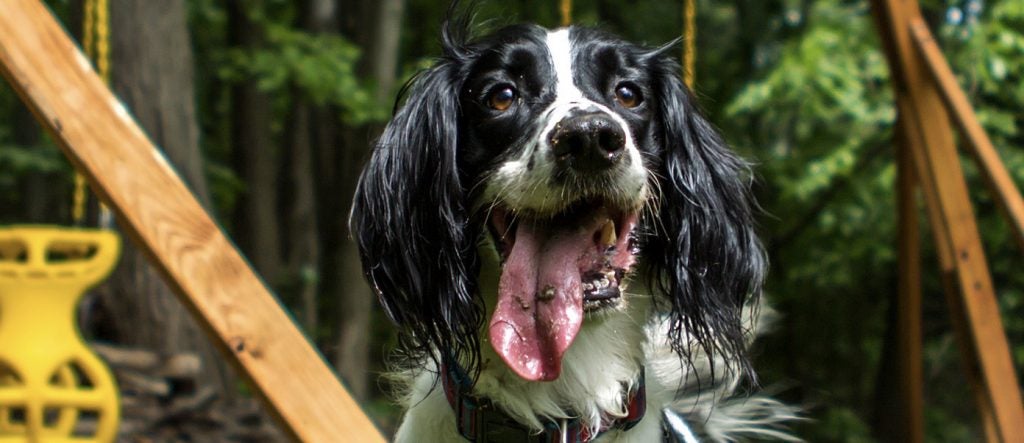July 31, 2013
 It’s a fact! Ticks on pets come in two varieties, attached and feeding or loose and wandering. This, of course, is in addition to the ticks being different species or in various lifestages. If there’s any good news in this story, it’s that ticks already attached and feeding on your pet are NOT very likely to dis-attach and transfer to you. Ticks attached and feeding, and that go undetected, will grow in size over several days, until they’re completely engorged. Then they detach – dropping of outside, inside, even on your bed or furniture. If the pet is treated, ticks may attach but will not engorge. Many of today’s most popular spot-on pet preventive products work by killing ticks only after they’ve latched on, embedded their mouthparts, and begun feeding for 12 to 48 hrs. If you see an attached tick on your top-spot treated pet, it may well be in the process of dying.
It’s a fact! Ticks on pets come in two varieties, attached and feeding or loose and wandering. This, of course, is in addition to the ticks being different species or in various lifestages. If there’s any good news in this story, it’s that ticks already attached and feeding on your pet are NOT very likely to dis-attach and transfer to you. Ticks attached and feeding, and that go undetected, will grow in size over several days, until they’re completely engorged. Then they detach – dropping of outside, inside, even on your bed or furniture. If the pet is treated, ticks may attach but will not engorge. Many of today’s most popular spot-on pet preventive products work by killing ticks only after they’ve latched on, embedded their mouthparts, and begun feeding for 12 to 48 hrs. If you see an attached tick on your top-spot treated pet, it may well be in the process of dying.
In contrast, ticks that are loose and wandering in the fur represent a significant tick encounter risk for YOU and other unsuspecting family members. The thick fur on many pets can make finding a juicy spot to bite somewhat challenging, even for a hungry tick! Ticks can wander in the fur for hours. As it is, ticks tend to climb upwards towards the head or axial regions on all hosts. So, while they’re climbing around looking for a place to bite, ticks can get brushed off or even actively crawl off onto other surfaces – floor, furniture, bed, or your lap – and since you don’t have as much fur, ticks may have an easier time finding a place to bite YOU.
To protect yourself and other people in the household, kill loose and wandering ticks using tick control products with quick tick knockdown or detachment activities. It’s a TickSmart BEST practice! Once exposed, even briefly, to the quick knockdown agent on your pet, ticks generally die within an hour or so, even if they leave the pet and move onto another surface.
People living in households with “in & out” pets need to be alert for the possibility that the pet may bring ticks in from outside. Grooming the pet after each outdoor excursion and removing any loose or attached ticks promptly once found is another TickSmart tip. If you do find a tick, either loose or attached, try to identify it; some people take a picture, even try and save it just to know what kind of tick it is. That’s another reason that grasping the tick with pointy tweezers is a better method for safe tick removal than using little scoop-like devices, where ticks might roll or slide off and get lost on the floor or furniture.
Another TickSmart BEST practice for pet owners during tick season, wherever you live, is to get into the habit of doing a daily tick check on YOU …. even if you just stood at the door while the pet went into the yard.

